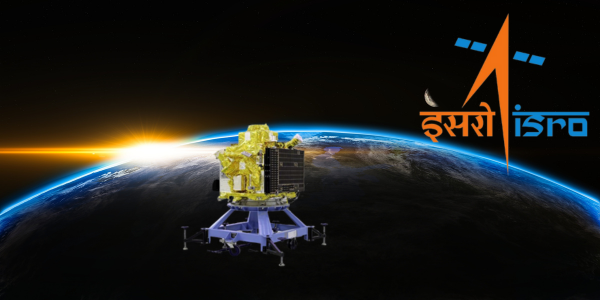Rajasthan ministers’ portfolios were announced yesterday Friday 5th of January 2024. The portfolios of the ministers in the Bhajanlal government have been divided in Rajasthan. Furthermore, Chief Minister Bhajanlal Sharma will have many big departments including Personnel and Home. Moreover, Governor Shri Kalraj Mishra on Friday approved Chief Minister Bhajan Lal Sharma’s proposal for the division of departments to the Council of Ministers.
The Governor has assigned Deputy CM Diya Kumari as minister for the Finance Department and the Tourism Department. Concurrently Deputy Chief Minister Premchand Bairwa has been assigned to the Technical Education, Higher Education, and Transport Department. Besides this, Kirori Lal Meena has been responsible for the Agriculture Department. Furthermore, Gajendra Singh Khinvsar was given the medical and health department.
Before this on the 30th of December 2023 Rajasthan cabinet expansion was done. During this expansion 22 ministers took oath. Afterwards, the exercise regarding the division of the department was started. Furthermore, these expansions include 12 Cabinet and 5 Ministers of State (Independent Charge), 5 Ministers of State.
Complete List of Rajasthan Ministers’ Portfolios
Here is the complete list of the Rajasthan ministers’ portfolios. Moreover, the Portfolio of Ministers, State Ministers (independent charge) and Ministers of State of the Rajasthan Government are listed separately.
Portfolios of Ministers of Rajasthan Government
| Minister | Portfolios |
| CM Bhajanlal Sharma | Personnel Department Excise Department Home Department Planning Department Department of General Administration Policy Making Cell – Chief Minister’s Secretariat Information and Public Relations Department Anti Corruption Bureau (ACB) |
| Deputy CM Diya Kumari | Finance Department Tourism Department Department of Art, Literature, Culture and Archeology Public Works Department Women and Child Development Department |
| Deputy CM Premchand Bairwa | Technical Education Department Higher Education Department Ayurveda, Yoga and Naturopathy, Yunani, Siddha and Homeopathy (AYUSH) Department. Transport and Road Safety Department |
| Gajendra Singh Khinvsar | Medical and Health Department Medical and Health Services (ESI) |
| Colonel Rajyavardhan Rathore | Industry and Commerce Department Department of Information Technology and Communication Department of Youth Affairs and Sports Department of Skills, Employment and Entrepreneurship Sainik Welfare Department |
| Madan Dilawar | Department of School Education Panchayati Raj Department Department of Sanskrit Education |
| Kanhaiya Lal | Department of Public Health Engineering Ground Water Department |
| Jogaram Patel | Parliamentary Affairs Department Law and Legal Affairs Department and Legal Consultancy Office Justice Department |
| Suresh Singh Rawat | Department of Water Resources Water Resources (Planning) Department |
| Avinash Gehlot | Department of Social Justice and Empowerment |
| Sumit Godara | Food and Civil Supplies Department Consumer Registration Department |
| Joraram Kumawat | Animal Husbandry and Dairy Department Cow Husbandry Department Devasthan Department |
| Babulal Kharadi | Tribal Area Development Department Department of Home Defence |
| Hemant Meena | Department of Revenue Colonial Department |
Portfolios of Ministers of State (Independent Charge)
| Minister of State (Independent Charge) | Portfolios |
| Surendrapal Singh T. T. | Agricultural Marketing Department Agriculture Irrigated Area Development and Water Utility Department Indira Gandhi Canal Department Minority Affairs and Waqf Department |
| Sanjay Sharma | Forest Department Department of Environment and Climate Change Department of Science and Technology |
| Zabar Singh Kharra | Department of Urban Development Department of Autonomous Government |
| Hiralal Nagar | Department of Energy |
| Gautam Kumar | Department of Co-operation Department of Civil Aviation |
Rajasthan Ministers of State Portfolios
| Minister of State | Portfolios |
| Ota Ram Dewasi | Panchayati Raj Department Rural Development Department Disaster Management Assistance and Civil Defense Department |
| Dr Manju Baghmar | Department of Public Works Department of Women and Child Development Child Rights Department |
| Vijay Singh | Department of Revenue Colonial Department Department of Military Welfare |
| K. K. Vishnoi | Industry and Commerce Department Department of Youth Affairs and Sports Department of Skills, Employment and Entrepreneurship Policy Making Department |
| Jawahar Singh | Home Department Cow Husbandry Department Animal Husbandry and Dairy Department Fisheries Department |

















